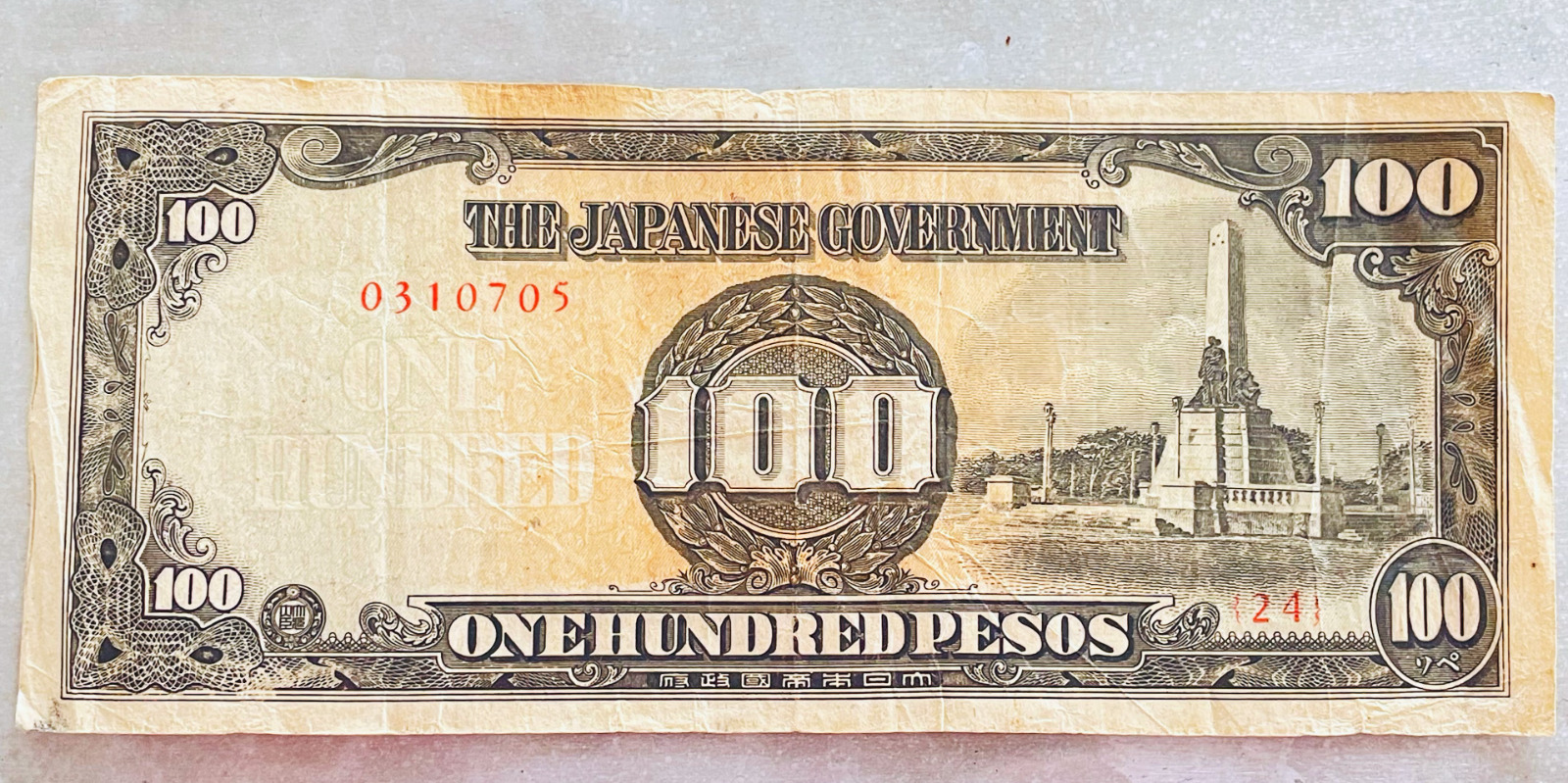-40%
World War II In The Philippines: FDR’S Guerilla Money, Banknote,Story & Folder
$ 14.05
- Description
- Size Guide
Description
World War II In The Philippines: FDR’S Guerilla Money, Banknote,Story &Beautiful Folder
.
I
ssued by guerilla forces operating in the Japanese-occupied Philippines during the Second World War, this crude “guerilla money” features the portrait of US president Franklin D. Roosevelt.
The United States assumed control of the Philippines in the wake of the Spanish-American War in 1898, holding it as a colony. In the first two decades of the 20th century, the Philippine independence movement gained ground as American enthusiasm for empire waned. In 1934, President Franklin Delano Roosevelt signed into law the Philippine Independence Act, which guaranteed a fully independent government. A year later, Roosevelt ratified the Constitution of the Republic of the Philippines. The interim Commonwealth government enjoyed collegial relations with the U.S.; retired general Douglas MacArthur, a friend of Philippine president Manuel Quezon, even served as Quezon’s military advisor. On December 7, 1941, the J apanese bombed Pearl Harbor; the next day, they invaded the Philippines. By Christmas, imperial boots were on the ground in the main island of Luzon. The capital city of Manila was captured on J anuary 2, 1942. Two months later, the Americans were in full retreat, with U.S. General Douglas MacArthur and Philippines President Quezon decamping to Australia and the United States, respectively. The notorious Bataan Death March, in which some 10,000 surrendered soldiers perished, took place that April. It was not until October 20, 1944 that MacArthur made good on his famous promise to return to the Philippines. By the end of that year, the southern islands of Leyte and Mindoro were liberated; as the calendar flipped to 1945, the fate of the occupation was clear, although it took eight more months for the last J apanese general to surrender. The Japanese occupation was brutal, but the imperial forces only ever controlled some 40 percent of Filipino territory. The rest of the region was in the hands of local guerilla fighters, who fought bravely for their independence. One of their methods of waging war was economic: J apanese invasion forces quickly demonetized the extant local currency in favor of its own occupation notes, which went into circulation immediately. Guerillas refused to use the new money, instead printing its own alternative. These “emergency issues” were printed by the guerilla fighters, and also local committees in the free provinces, under the authority of Philippine president Quezon from his governmentin-exile. Peso notes and also fractions were printed on a variety of makeshift presses with any kind of improvised paper and inks that could be obtained. Hundreds of different varieties were printed in most of the 49 different island provinces. The resulting banknotes were often quite crude, but nevertheless effective at boosting the moral of the Filipino people and the freedom fighters that tormented the Japanese garrisons.
The Note : Philippines S3 18 | 20 pesos
The city of Iloilo on the island of Panay, briefly Quezon’s capital early in ’42, issued 20 peso notes featuring the portrait of FDR, who would sign the Treaty of Manila at the end of the war, granting independence to the Philippines. Obverse: Roosevelt at left, denomination at center, seal at right; Reverse: Woman standing at center striking anvil with hammer; Dimensions: 159 X 72 mm.
Over 24,000 positive feedbacks
ANA
Platinum Member # 3163853
All Items Ship Priority Mail.










